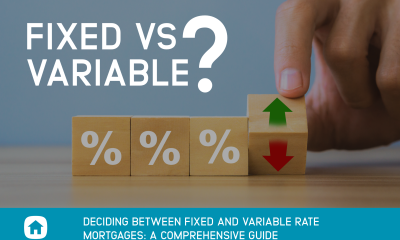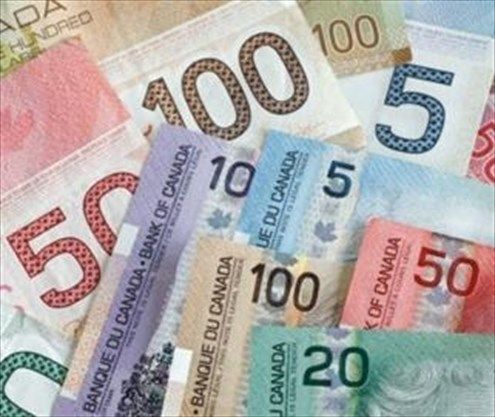TORONTO — The registered retirement savings plan (RRSP) is one of the best-known tax shelters available to Canadians, particularly in the weeks before the annual contribution deadline, which is March 1 this year.
But financial experts say a tax free savings account (TFSA) is often a better choice over the long run.
Jason Pereira, a partner at Woodgate Financial Inc. in Toronto, says TFSAs are generally the better choice for people with modest or low annual income.
“As for where to draw the line, it’s debatable,” Pereira says.
As a rough guideline, Pereira suggests people who earned $40,000 or less last year would generally get a better result with a TFSA than an RRSP.
One reason, he says, is that money that’s withdrawn from an RRSP is will be considered taxable income — potentially disqualifying a retiree from the guaranteed income supplement (GIS) paid to people with modest means.
“There are a lot of different things that are income-tested in the current system . . . and, especially if you’re a lower income Canadian, you do not want to give up on those,” Pereira says.
The big advantage of an RRSP is that contributions will defer tax payments into the future — something that the TFSA doesn’t do.
“If you’re a very high-income earner, there is a great advantage in not paying tax today,” says Catherine Wood, a senior vice-president of Aviso Wealth.
“If you need the money in the short-term, and the flexibility, the TFSAs make some sense,” Wood says.
Wood notes that both plans have a key similarity — interest, dividends or capital gains aren’t taxed while it’s inside an RRSP or TFSA.
But there are key differences when funds move into and out of the accounts.
RRSP contributions will reduce your tax bill when you put the money in the account, but you will be taxed on the money when you withdraw it in retirement.
TFSA contributions won’t reduce your tax bill when you put the money in, but you won’t be taxed on any investment gains when the money is withdrawn.
Because RRSP contributions result in a bigger refund for people paying a higher tax rate now, they are more likely to benefit from the registered retirement savings plan than would a low-income earner.
But because withdrawals from an RRSP are taxed, high income earners could also find themselves in a painfully high tax bracket if the money is withdrawn while they’re working.
“Where even high income earners get into trouble … is that they need that money two years from now for some other purchase — whether it’s their children’s education, a new car or whatever,” says Peter Katevatis, a senior investment advisor with Canaccord Genuity Corp. in Vancouver.
“RRSPs are truly for retirement savings — money you won’t touch until it turns into a RRIF (registered retirement income fund) and you draw it down.”
He notes that each type of account is also subject to a contribution limit that depends on the individual.
In an RRSP account, you are allowed to contribute up to 18 per cent of your previous year’s earned income, to a maximum of $26,230 for 2018. However, contributions to a workplace pension plan reduce your RRSP contribution room.
TFSA limits aren’t affected by income. The annual contribution limit this year is $6,000. If you were at least 18 when TFSA accounts began in 2009 and have never made a contribution, you could contribute $63,500.
But Katevatis notes RRSP contribution room can’t be restored after a withdrawal, as they can be with TFSAs.
David Paddon, The Canadian Press

 Buying a Home5 years ago
Buying a Home5 years ago
 Credit6 years ago
Credit6 years ago
 Business4 years ago
Business4 years ago
 5 Mortgage Secrets7 years ago
5 Mortgage Secrets7 years ago
 Buying a Home6 years ago
Buying a Home6 years ago
 5 Mortgage Secrets6 years ago
5 Mortgage Secrets6 years ago
 News12 months ago
News12 months ago
 Business4 years ago
Business4 years ago





